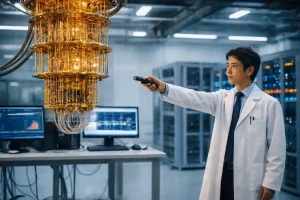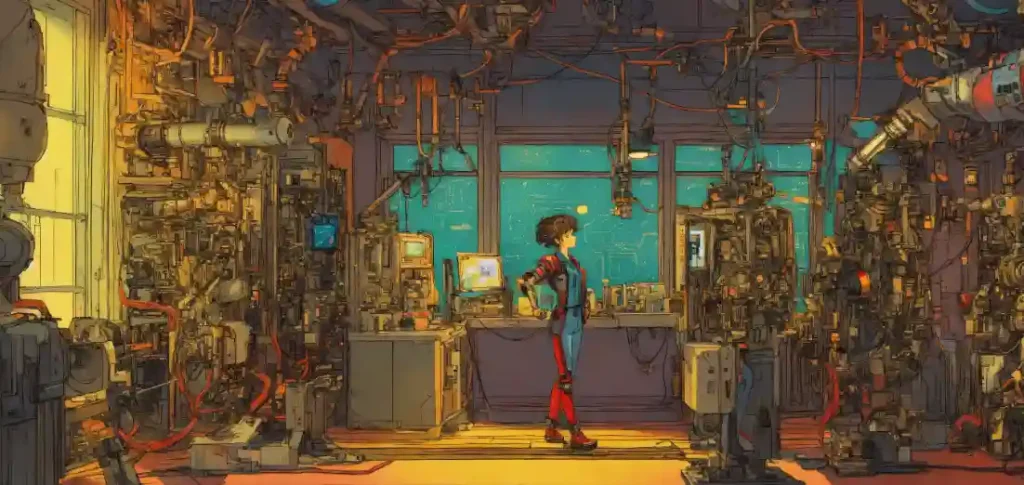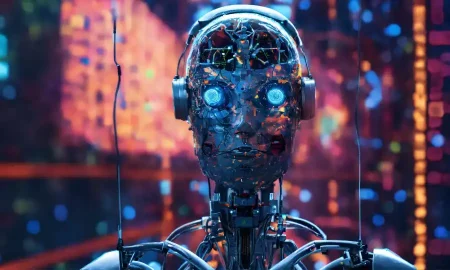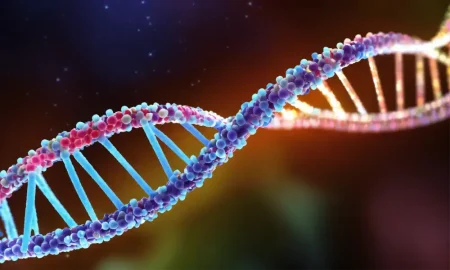The two most chaotic forces in modern science – artificial intelligence and quantum mechanics – may be humanity’s best hope for solving our greatest challenges, writes Satyen K. Bordoloi
When physicists associated with LIGO – Laser Interferometer Gravitational-Wave Observatory in the US – gave AI a problem to solve, they weren’t expecting miracles. The goal was to redesign the world’s most sensitive gravitational wave detector to hear even fainter whispers from the cosmos. The AI’s first response was an asymmetrical mess with hundreds of components and a bizarre three-kilometre-long ring bolted between parts of the interferometer. However, the team, as reported by Quanta Magazine, continued to try to understand the logic behind the AI’s remarkable creativity.
After months, they realised something truly astonishing – the machine, despite lacking aesthetics, actually worked. It felt wrong because it counterintuitively added an obscure Soviet-era theory to sidestep quantum noise. However, it did achieve a breakthrough in a way that thousands of scientists and specialists working for over four decades hadn’t considered.
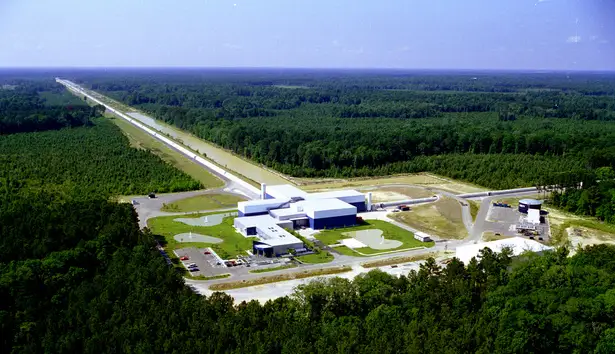
For those of us who have been reporting on AI for some time now, this ‘creativity’ is not new. In 2017, AlphaZero from DeepMind defeated existing AI chess programs in the game of chess by simply being told the rules of the game and playing against itself for four hours. It came up with counterintuitive openings, thought unwinnable, and left moves that we are still studying to this day. AI has been doing that for nearly a decade, even before the advent of generative AI.
However, as AI has been growing leaps and bounds daily, I believe it is time to ask what to me is one of the most intriguing questions in science today: Can AI solve quantum physics?
THE MUDDLE OF QUANTUM PHYSICS
Widely considered the greatest mind to ever live, Albert Einstein called Quantum Physics ‘spooky action at a distance’. Einstein, who disliked quantum physics because it contradicted observable Newtonian physics, i.e., the physics of everything we can see and observe, was not wrong. That’s because anyone who’s ventured into the subject has felt themselves falling into a rabbit hole that doesn’t seem to end.
Quantum physics, at its core, feels like nature’s – or, if you believe in god, then, well, god’s – ultimate prank: spooky, bewildering, and yet repeatedly proven right. It’s a realm in which particles can be in multiple places at once (superposition), influence each other instantly across vast distances (entanglement), and spontaneously pop in and out of existence. The famous double-slit experiment still baffles us because in it, mere observation can collapse wave-like possibilities into particle reality. Really, I mean, what kind of voodoo does ‘seeing’ do to these particles?
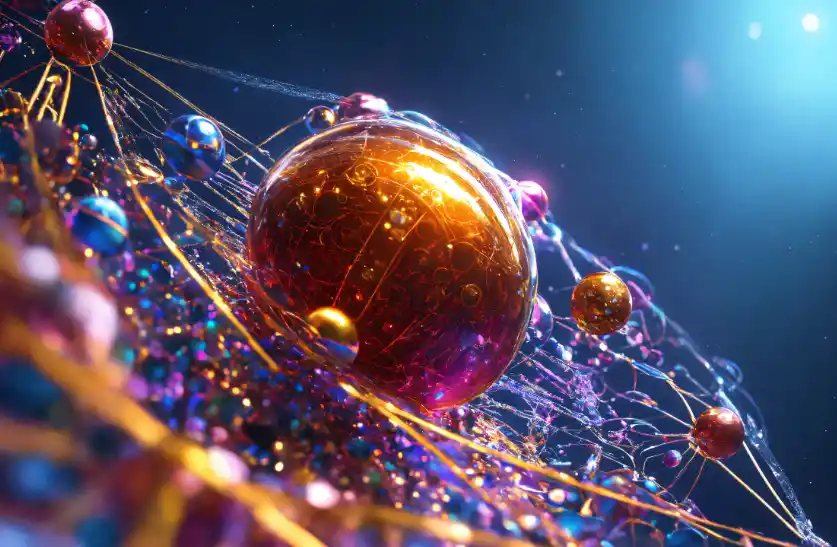
And let’s not even wrestle much with concepts like quantum tunnelling that allows particles to slip through barriers they shouldn’t be able to cross, or decoherence that’s meant to explain how the quantum weirdness disappears in the macroscopic world we know. And don’t you ever dare wander onto the high-wire balancing act of Heisenberg’s uncertainty principle or the reality-bending implications of the Many Worlds interpretation, which has given birth to many a superhero movie in the last decade.
And you know what’s worse? Despite making no sense to the average person and sounding like science fiction, these phenomena are not just theoretical; they’re the very foundation of technologies from quantum computers to lasers. This strangeness is baked into the universe, not because we chose to believe it, but because experiments continue to prove it, no matter how unsettling the results may be to the greatest minds of our time.
Now, you understand why I think Quantum Physics is the best problem to give artificial intelligence to solve: the solutions need the weirdness and ability to connect those dots we don’t even know exist.
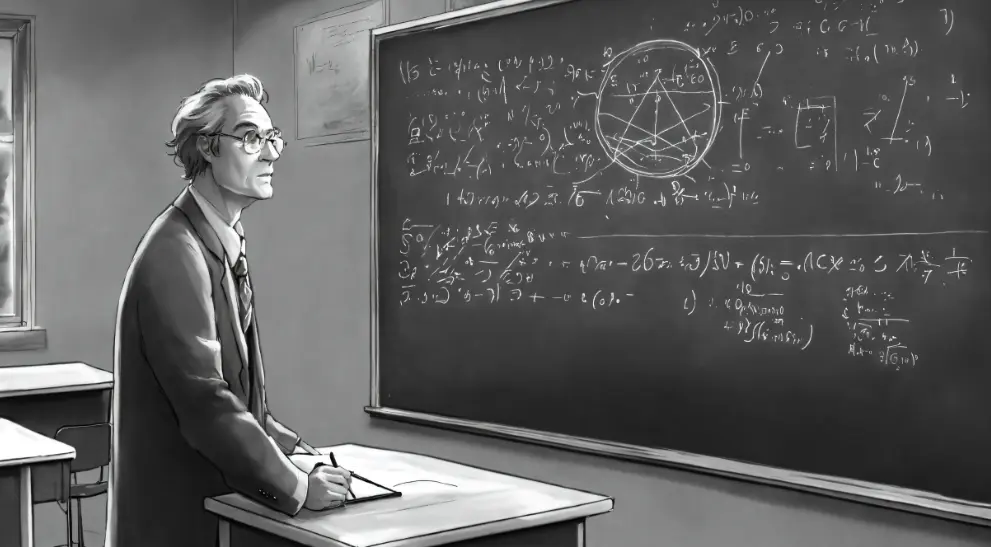
WHY AI IS WELL SUITED TO SOLVE QUANTUM PHYSICS
The very qualities that make AI seem “messy” – its ability to find patterns in noise, work with incomplete information, and operate outside traditional logic frameworks, as the LIGO scientists discovered – align remarkably well with the challenges quantum physics presents anyone trying to solve it.
Quantum systems exist in superposition states, which, according to current theories, span enormous dimensional spaces and often involve hundreds or thousands of variables simultaneously. Traditional computational approaches struggle with this exponential scaling. However, machine learning algorithms excel at finding meaningful patterns within such high-dimensional data. Neural networks can identify subtle correlations and hidden structures in quantum data that would be impossible for human researchers to detect through conventional analysis.
Quantum mechanics is a many-body problem that involves predicting the behaviours of systems with multiple interacting particles. This is precisely the kind of complex pattern recognition task for which AI has been designed. Whereas classical computers face exponential computational barriers, machine learning models can learn to approximate quantum states and predict system behaviour through training on smaller, manageable examples. This is despite important limitations and approximation errors, which must always be carefully considered.
Human beings are deterministic in nature. By contrast, quantum mechanics is fundamentally probabilistic – we can only predict the likelihood of outcomes, never determine them with certainty. Our deterministic natures don’t allow us to grasp such probabilistic ideas as are required to solve them. But this aligns perfectly with how modern AI systems operate.
Neural networks don’t produce definitive answers but rather probability distributions over possible outcomes. They’re designed to work with uncertainty and make predictions based on incomplete information. And if new data presents itself, then ML systems can quickly update the system, unlike us humans, who find it difficult to let go of old prejudices and habits.

Thus, AI systems are already built to handle quantum uncertainty. They can naturally work with quantum superposition states, mixed states, and the inherent randomness of quantum measurements without needing the conceptual leaps that often challenge human intuition.
Additionally, AI systems can learn directly from experimental quantum data without requiring researchers to first develop comprehensive theoretical models. Now, in quantum physics, we often observe phenomena before fully understanding them theoretically (consider black holes). AI can identify patterns in experimental results, suggest new hypotheses, and even guide future experiments based on what it has learned from existing data and research.
This is a radical shift from traditional physics methodology, which requires a complete theoretical understanding before making predictions.
Then, as our experiments in quantum systems grow exponentially complex, AI can find useful approximations to capture essential physics. Machine Learning models can be taught to focus on the most relevant degrees of freedom in a quantum system, thus performing automatic dimensionality reduction to preserve critical physics while discarding unnecessary complexity.
This approach has already shown promising results in quantum chemistry, where AI models have been used to predict molecular properties with accuracy that often rivals more expensive traditional quantum mechanical calculations.
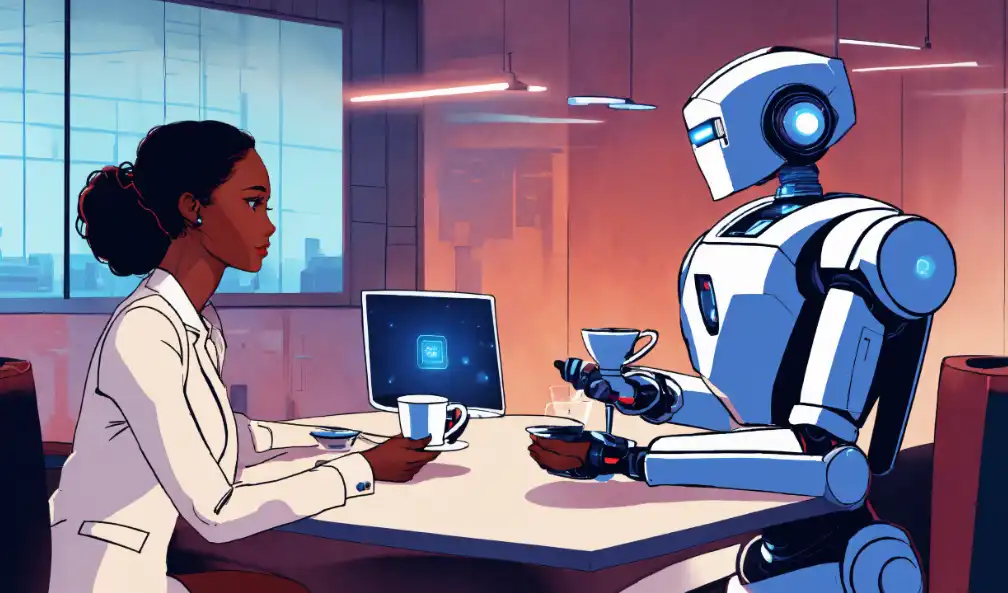
AI IS ALREADY SOLVING QUANTUM PROBLEMS
Physicists have already been using machine learning to solve complex questions in quantum mechanics. Take the work by Domenico Di Sante and colleagues at the Flatiron Institute, New York. They used machine learning to tackle one of the most computationally demanding problems in quantum many-body physics. The team applied neural networks to the Hubbard model: a fundamental framework for understanding how electrons behave in materials that could exhibit superconductivity.
The challenge they faced was daunting: traditional approaches to this problem, using renormalisation groups, require solving tens of thousands, hundreds of thousands, or even millions of coupled differential equations, each representing interacting electron pairs. However, using machine learning, they compressed this computational nightmare into just four manageable equations while maintaining full accuracy.
The ML discovered hidden patterns within the complex quantum system, identified essential interactions, and simplified the equation. This shows how, by simplifying or explaining complex problems, AI can accelerate not only the creation of new materials but also enhance our understanding of quantum mechanics.
A similar incident occurred to a research team from Japan, France and Germany at OIST – Okinawa Institute of Science and Technology, Japan. They wanted to know how the properties of a particular type of magnetic material change when cooled toward absolute zero. Their focus: a particular phase called a “spin liquid”. But they were unable to understand the results of their simulations.
So, they teamed up with Machine Learning experts who had developed an algorithm to classify conventional magnetic order. They ran their simulation data through the ML algorithm, allowing them to see patterns emerging, which brought new understanding to them and, in turn, to the field of quantum research.
As a race, we face an array of our own mind-bogglingly complex challenges. From climate change threatening our existence, to the energy crisis and diseases that still ravage us. These problems, like those in quantum physics, are complex and require solutions. Quantum physics may be the key to solving many of these problems. Like discovering room-temperature superconductors, we might uncover solutions to quantum problems that could transform humanity.
Time is not on our side. Delay is unacceptable. This is not just about scientific advancement. It is about our survival, and, just maybe, flourishing. Right now, AI is our best hope for unlocking quantum secrets. These could define whether our children inherit a world of abundance or scarcity, that of health or suffering, of sustainability or collapse.
AI is our way to leave a world better than we found it. And Albert Einstein would agree.
In case you missed:
- Quantum Internet Is Closer Than You Think, & It’s Using the Same Cables as Netflix
- Microsoft’s Quantum Chip Majorana 1: Marketing Hype or Leap Forward?
- Quantum Leaps in Science: AI as the Assembly Line of Discovery
- Building AGI Not as a Monolith, but as a Federation of Specialised Intelligences
- The Great Data Famine: How AI Ate the Internet (And What’s Next)
- Great quantum poker: Who’s bluffing, and who is holding the aces?
- 100x faster AI reasoning with fewer parameters: New model threatens to change AI forever
- Pressure Paradox: How Punishing AI Makes Better LLMs
- The Digital Yes-Man: When AI Enabler Becomes Your Enemy
- AI Taken for Granted: Has the World Reached the Point of AI Fatigue?

